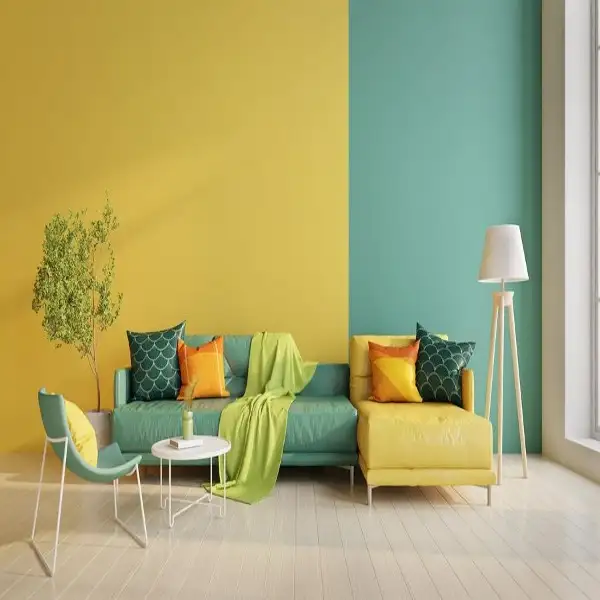Acacia Wood Furniture Vs Mango Wood Furniture: What’s The Difference?
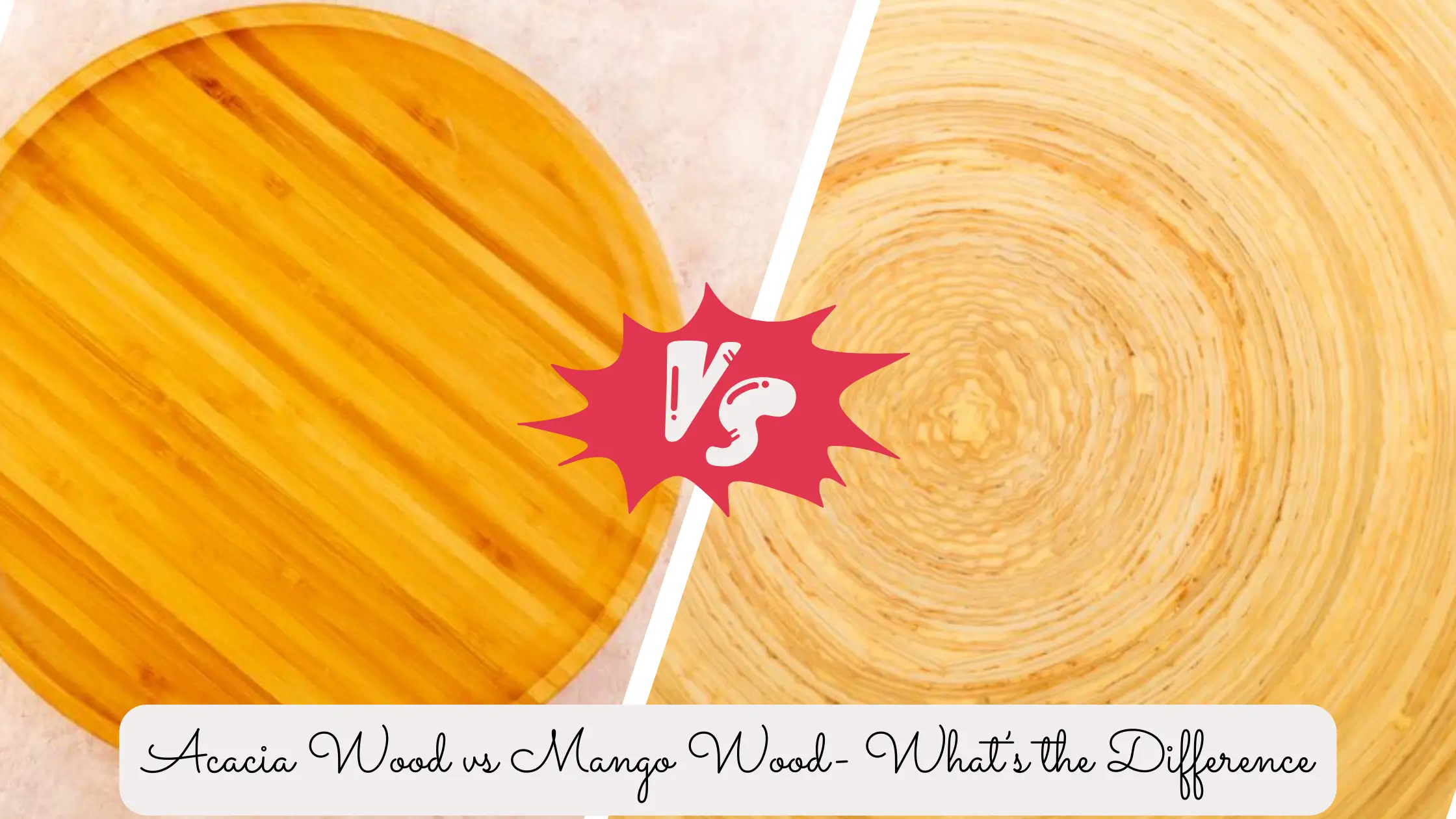
Acacia Wood Furniture vs Mango Wood Furniture: What’s the Difference?
What sets apart two of nature’s versatile gifts, acacia and mango wood furniture? As we delve into furniture and decor, one might ponder the nuances that distinguish these two beloved wood furniture types. Are you drawn to the rich, warm hues of acacia or the subtle, honeyed tones of mango wood furniture? The distinction goes far beyond appearances.
In this exploration, we unravel the intriguing tale of Acacia Wood furniture versus Mango Wood furniture: What’s the Difference? Beyond their surface allure lies a world of divergent characteristics, from grain patterns to durability, sustainability, and cultural significance. Understanding these subtleties could redefine your choice of furniture, accent pieces, and even your environmental impact.
Join us as we navigate through their unique qualities, unpacking acacia and mango wood’s furniture individual charm and inherent strengths. By the end, you’ll gain not just an understanding but an appreciation for the narrative woven into every furniture piece crafted from these magnificent woods furniture.
Acacia Wood Furniture: Characteristics and Properties
#1. What is Acacia Wood Furniture?
Acacia wood furniture, sourced from the resilient Acacia tree, is renowned for its diverse and striking features. A broad category encompassing numerous species, Acacia wood furniture offers a spectrum of colors and grain patterns, making each piece uniquely captivating. Its origin spans from Africa and Asia to Australia, and this geographical diversity contributes to its varied characteristics.
VISIT FOR :- Automobile Furniture
#2. Physical Characteristics (Color, Grain Pattern, etc.):
The visual appeal of acacia wood furniture is a major draw for craftsmen and consumers alike. Ranging from light golden hues to deep browns, acacia boasts an innate beauty that can effortlessly complement a myriad of design styles. Its distinctive grain pattern, marked by swirls and knots, adds both texture and character, creating furniture pieces that are as aesthetically pleasing as they are functional.
#3. Durability and Hardness:
Acacia wood furniture stands firm in the face of wear and tear. Its durability, coupled with impressive hardness, makes it resistant to scratches and dents, ensuring longevity in furniture items. This robustness, often likened to that of teak, positions acacia as a reliable choice for those seeking both elegance and sturdiness.
#4. Common Uses of Acacia Wood in Furniture and Home Decor:
Versatility defines acacia wood’s furniture application in the realm of furniture and home decor. From intricately carved dining tables to solid hardwood furniture flooring, acacia adapts effortlessly to diverse forms. Its popularity in crafting both indoor and outdoor furniture attests to its adaptability, offering an inviting warmth to living spaces while thriving in various environments.
Mango Wood Furniture: Characteristics and Properties
What is Mango Wood Furniture?
Derived from the mango tree, renowned for its delectable fruit, mango wood furniture brings its own unique charm to the world of furniture and decor. Known for sustainable harvesting practices, mango wood furniture serves as a testament to eco-conscious craftsmanship. Native to South Asia, this hardwood furniture has garnered attention for its distinctive qualities and has become a sought-after material for artisans and homeowners alike.
VISIT FOR :- maharaja bed design
Physical Characteristics (Color, Grain Pattern, etc.)
Mango wood furniture captivates with its warm, honeyed tones that range from light beige to rich golden brown. Its grain pattern, often interwoven with streaks of darker shades, lends an exquisite and organic touch to furniture pieces. The natural variations in color and grain make each item crafted from mango wood furniture a unique expression of the material’s inherent beauty.
Durability and Hardness
Despite its softer nature compared to some hardwoods furniture, mango wood furniture is celebrated for its durability. When appropriately treated and cared for, it can withstand the rigors of daily use. The wood’s furniture medium hardness makes it conducive to intricate detailing and carving, offering a delicate balance between resilience and workability.
Common Uses of Mango Wood Furniture in Furniture and Home Decor
Mango wood’s furniture versatility extends to a wide array of furniture and home decor applications. From intricately carved cabinets to sleek dining tables, mango wood’s furniture adaptability shines through. Its ability to absorb stains and finishes exceptionally well further expands its usage, allowing artisans to create pieces that seamlessly integrate into diverse design aesthetics. Whether adorning living rooms or kitchens, mango wood furniture brings a touch of natural elegance to any space.
Acacia Wood Furniture vs Mango Wood Furniture: Main Differences
#1. Color and Grain Pattern
- Acacia Wood furniture: The color spectrum of acacia wood furniture is vast, ranging from light golden hues to deep, rich browns. Its grain pattern is visually distinctive, characterized by swirling patterns, knots, and occasional irregularities. This natural variability contributes to the wood’s furniture unique and dynamic aesthetic.
- Mango Wood furniture: Mango wood furniture is celebrated for its warm, honeyed tones, encompassing shades from light beige to a luxurious golden brown. The grain pattern typically features interwoven streaks of darker hues, creating a visually appealing and organic appearance.
#2. Geographical Origin
- Acacia Wood furniture: Originating from regions across Africa, Asia, and Australia, acacia encompasses a wide variety of species. The specific characteristics of acacia wood furniture can be influenced by the climate and conditions of its native regions.
- Mango Wood furniture: Primarily sourced from South Asia, mango wood furniture is deeply rooted in the cultural and environmental landscape of the region. Sustainable harvesting practices are often associated with mango wood furniture production.
VISIT FOR :- restaurant sofa manufacturers
#3. Strengths and Weaknesses
- Acacia Wood furniture: Acacia wood’s furniture powers are seen in its durability, hardness, and attractive appearance. However, its thickness may pose challenges for detailed carving, and the distinctive acacia species can vary in sustainability.
- Mango Wood furniture: Mango wood furniture is appreciated for its sustainability and workability. While it may be susceptible to dents and scratches over time due to its softer nature, its advantages include ease of crafting and environmentally friendly sourcing.
#4. Sustainability Considerations
- Acacia Wood furniture: The sustainability of acacia wood furniture varies depending on the specific species and harvesting practices. Some acacia species are known for their eco-friendly qualities, while others may require closer scrutiny.
- Mango Wood furniture: Often considered more sustainable due to its status as a byproduct of the fruit industry. Mango wood furniture harvesting practices are designed to utilize the wood furniture that would otherwise go to waste.
#5. Cost and Availability
- Acacia Wood furniture: The cost of acacia wood furniture can vary based on the specific type and quality. Availability is generally widespread, as acacia trees are distributed globally, contributing to a competitive market.
- Mango Wood furniture: Typically competitively priced, and availability is influenced by the demand for mango products. It tends to be more regionally focused, with availability corresponding to regions where mangoes are prevalent.
Visit for more: single door almirah design
#6. Resistance to Elements
- Acacia Wood furniture: Acacia wood furniture is naturally resistant to moisture, making it suitable for outdoor furniture. Its natural oils contribute to its resistance against pests and other environmental factors, enhancing its overall durability.
- Mango Wood furniture: While mango wood furniture exhibits resistance to moisture and pests, it may benefit from proper sealing to enhance these properties. Regular maintenance is advisable to preserve its integrity, particularly in humid or fluctuating climates.
Mango Wood Furniture: Everything You Need to Know
In sustainable and eco-friendly furniture, mango wood furniture acts as the epitome of environmental attentiveness, perfectly combining style with ecological responsibility. Originating from the mango tree, this exotic hardwood furniture has become a foundational element in interior design and furniture workmanship. Throughout this guide, we dive into mango wood’s furniture distinctive features, adaptability, practicability qualities, and required maintenance practices. So, let’s get started.
Characteristics of Mango Wood Furniture
Mango wood furniture, praised for its outstanding blend of attractiveness and strength, has impressive features that have led to its broad acceptance in the world of furniture and interior design.
1. Color and Grain Patterns
Mango wood furniture has a natural, golden-brown color that has full-grown over time, giving a timeless sophistication to furniture pieces. The grain patterns display a range, from explicit and uniform to unusual patterns, adding a touch of natural craftsmanship. This variety allows for crafting one-of-a-kind pieces, each telling a story through individual markings.
2. Hardness and Density
While not as stringent as traditional hardwoods furniture like oak or teak, mango wood furniture has a melodic balance, delivering satisfactory hardness for durability while maintaining an effortless smoothness for ease in craftsmanship. This feature makes it an adaptable option for different furniture designs.
Visit for :: cafe furniture design
3. Workability
An outstanding characteristic of mango wood furniture is its excellent workability. Craftsmen admire its collaborative nature during shaping, carving, and detailing, allowing the creation of beautiful designs and fine workmanship. This quality makes mango wood furniture an excellent canvas for both classic and modern furniture styles.
4. Sustainability
The sustainability of mango wood furniture renders it an excellent material for furniture manufacture. It is sourced from mango trees once they have completed bearing fruit. This sustainable production process not only limits waste but also respects the ecological considerations inherent in mango wood furniture.
5. Natural Resistance
Mango wood furniture exhibits natural immunity to rot and bugs, improving its durability without the requirement for extreme chemical treatments. This feature makes it an ideal option for furniture that can stand the test of time, even in various environmental conditions.
6. Versatility
Mango wood furniture adapts to a broad spectrum of styles, from exquisite artwork to sleek, modern designs. Its adaptability enables the design of furniture pieces, ranging from rustic farmhouse tables to modern minimalist cabinets, suited to various design preferences.
7. Maintenance
Mango wood furniture requires minimal maintenance to retain its luster. Regular dusting and occasional application of a natural wood furniture finish or wax suffice to preserve its beauty and protect it from environmental elements.
Visit for :: palang ka design
Use of Mango Wood Furniture
Mango wood’s furniture adaptability goes far beyond its natural magnetism, which makes it an excellent option for different furniture pieces. Let’s explore the detailed and diverse uses of mango wood furniture:
1. Furniture Craftsmanship
Mango wood’s furniture adaptability and mild hardness make it a preferred material for manufacturing furniture. Whether it’s decorative bed frames, ornate dining tables, elegant coffee tables, or practical bookshelves, mango wood furniture perfectly adapts to various types. Its practicability allows designers to fashion unique designs, emphasizing the wood’s furniture natural beauty.
2. Cabinetry and Storage Solutions
The hardness of mango wood furniture makes it right for manufacturing cabinets and storage units. Mango wood furniture cabinetry, wardrobes, and entertainment units are excellent choices for organizing and storing belongings.
3. Home Decor Items
Mango wood’s furniture functionality expands to more miniature decorative pieces, such as photo frames, vases, and candle holders. Its capability to be precisely crafted or molded into smooth, sleek shapes allows for making visually attractive home decor items that perfectly match different design themes.
4. Flooring
Innovatively, mango wood furniture is put to use as a flooring material. It’s natural styles and unique grain designs contribute to making visually attractive and durable floor designs. The wood’s furniture inherent susceptibility to rot and insects makes it a functional option for flooring that is durable.
5. Outdoor Furniture
The natural decay opposition of mango wood furniture has made it right for use in outdoor furniture like patio sets and garden benches. When paired with the right finishes, mango wood furniture can survive the weather while delivering a touch of rustic style to outdoor settings.
6. Art and Sculptures
Mango wood furniture is usually utilized for sculpture and art installations because of its capability to have details and its energetic colors.
7. Kitchenware
The solidity of mango wood furniture makes it appropriate for products that come into touch with food such as spoons, bowls, and chopping boards.
8. Doors and Windows:
A mango wood door frame or window frame can withstand harsh weather conditions due to its strength and durability.
Visit for :: hotel lobby furniture
Care and Maintenance of Mango Wood Furniture
An investment in mango wood furniture is more than getting functional art; it’s a dedication to maintaining its attraction over time. Proper care is essential for the long life of mango wood furniture pieces. Let’s explore the essential aspects of cleaning, polishing, and protecting mango wood against pests and damage.
Mango Wood Furniture Cleaning and Polishing Tips
Regular Dusting
Start with regular dusting utilizing a soft, dry cloth to take off surface dust and impede it from settling into the grain.
Mild Cleaning Solutions
A damp cloth and a mild, natural cleanser can be utilized for deep cleansing. Wet the cloth and squeeze it entirely. Apply a gentle wipe to the surface.
Don’t Use Harsh Chemicals
Use wood-specified furniture, eco-friendly cleaning products to eliminate damaging your wood furniture to extreme chemicals.
Polishing
Mango wood furniture can be restored by the common application of wood furniture polish or beeswax with a smooth cloth.
Protecting Mango Wood Furniture Against Pests and Damage
Natural Insect Resistance
Mango wood furniture naturally repels insects, but an extra layer of protection would be useful. Use natural restraints like neem oil or a combination of equal parts vinegar and water to prevent pests.
Avoid Direct Sunlight
Place your mango wood furniture out from direct sunlight to control discoloration and dying. Consider using curtains or blinds to shield it from extreme sunlight.
Maintain Consistent Humidity
Wood furniture is exposed to humidity changes. Humidify or dehumidify in harsh climates to retain humidity.
Avoid Sharp Objects
Scuffs can be avoided by utilizing coasters, placemats, and tablecloths. It is advised against placing sharp or heavy objects right on the wood furniture surface.
Regular Checks
Check the structure periodically for cracks or loose joints. Address issues promptly to prevent escalation.
Final Take
Natural allure captivates with mango wood’s furniture warmth and durability. Suren Space manufactures, supplies, and wholesales mango wood furniture, transforming this sustainable resource into timeless pieces that embody elegance and sustainability. With each creation, nature’s beauty is enhanced by meticulous craftsmanship, inviting you to bring sustainable luxury to your home. Mango Wood Furniture from Suren Space goes beyond decor—it symbolizes style, sustainability, and long-lasting quality. With Suren Space, you’ll be able to add timeless elegance and environmental stewardship to your home with furniture that enhances aesthetics and embodies an environmental commitment.
READ MORE:: Top 10 Sofa Color Combinations That Will Instantly Elevate Your Home Decor
Final Take
In the world of furniture, the choice between acacia and mango wood furniture is a nuanced decision, reflecting personal taste and values. Acacia is enticed by its dynamic colors and robustness, while mango wood furniture offers warm elegance and sustainability. At Suren Space, where craftsmanship meets commitment to the environment, high-quality Acacia and Mango Wood furniture await. Each piece is a narrative, a blend of aesthetics and eco-conscious choices. So, as you embark on your furniture journey, let your space echo the story you wish to tell — a story of nature’s beauty, finely crafted into the heart of your home.
READ MORE:- How to Identify Genuine Teak Wood Furniture?
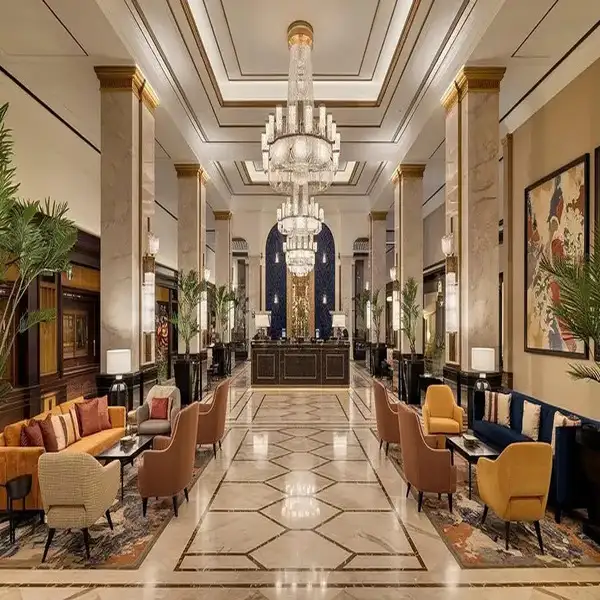
Hotel Furniture
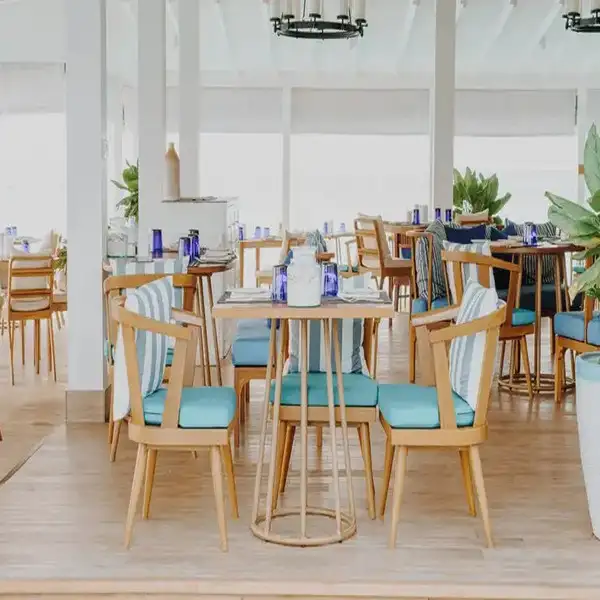
Restaurant Furniture
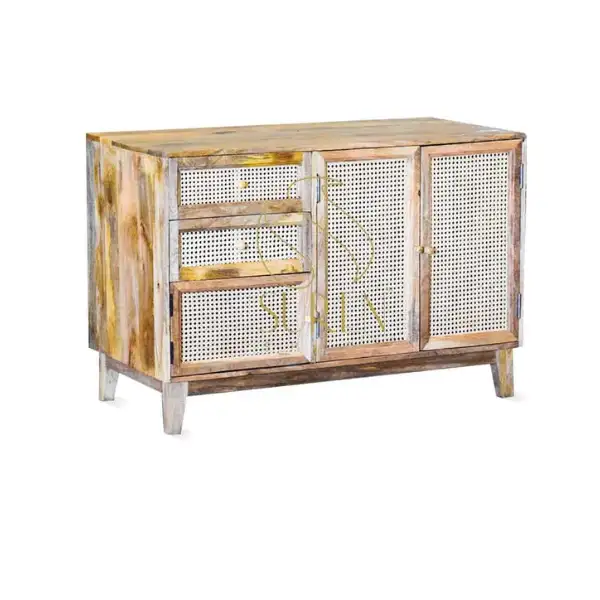
Hotel Bathroom Furniture
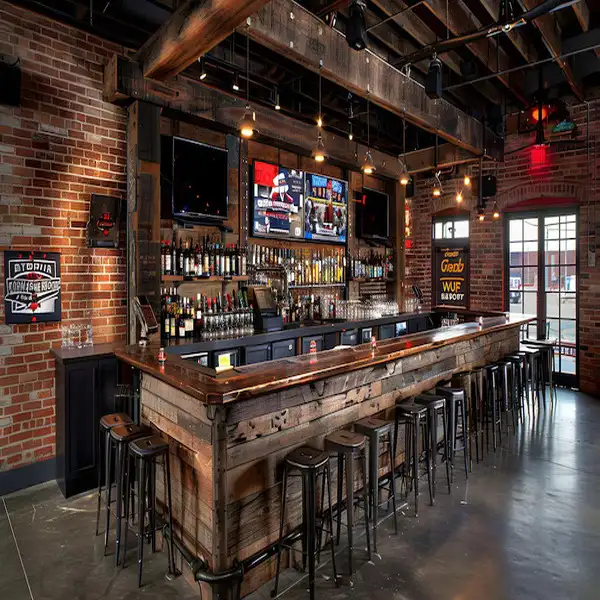
Industrial and Rustic Furniture
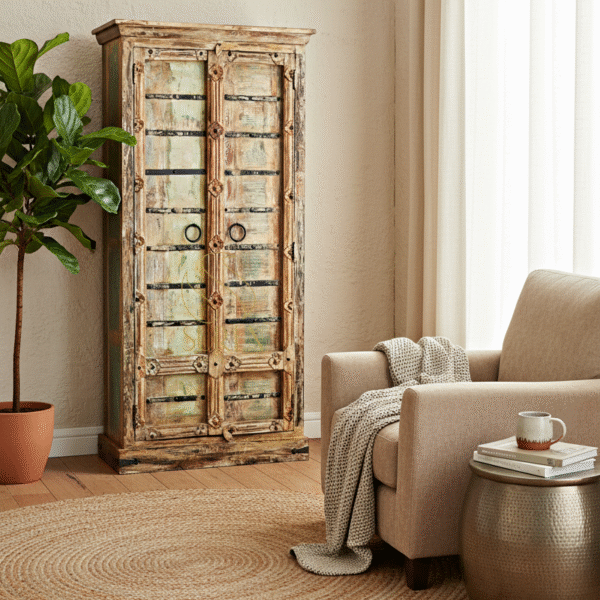
Reclaimed and Recycled Furniture
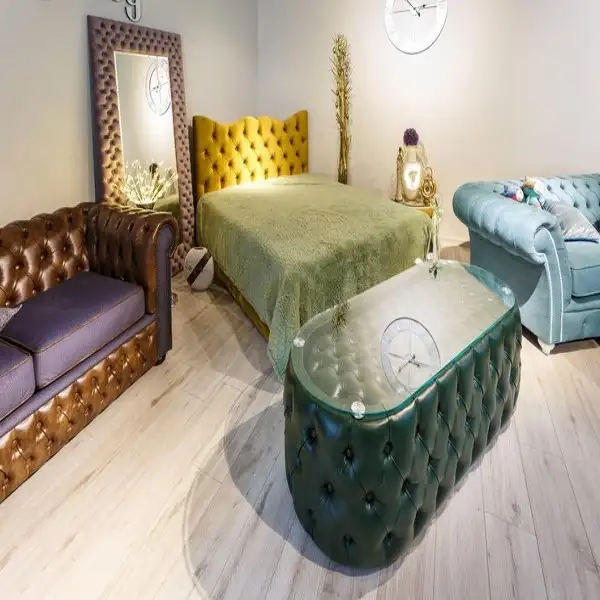
Leather and Upholstery Furniture
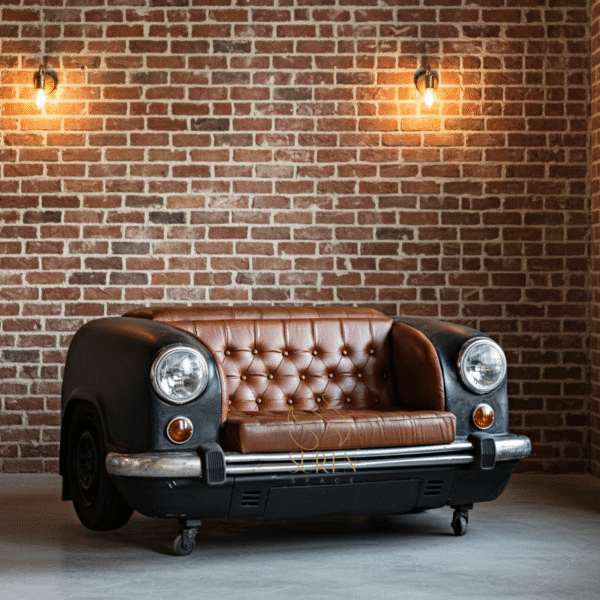
AUTOMOBILE | AUTOMOTIVE FURNITURE
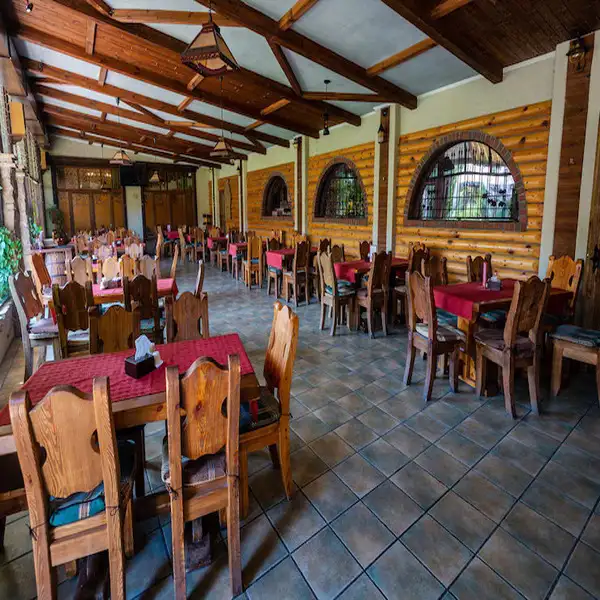
Curved, Carved & Bent Furniture
